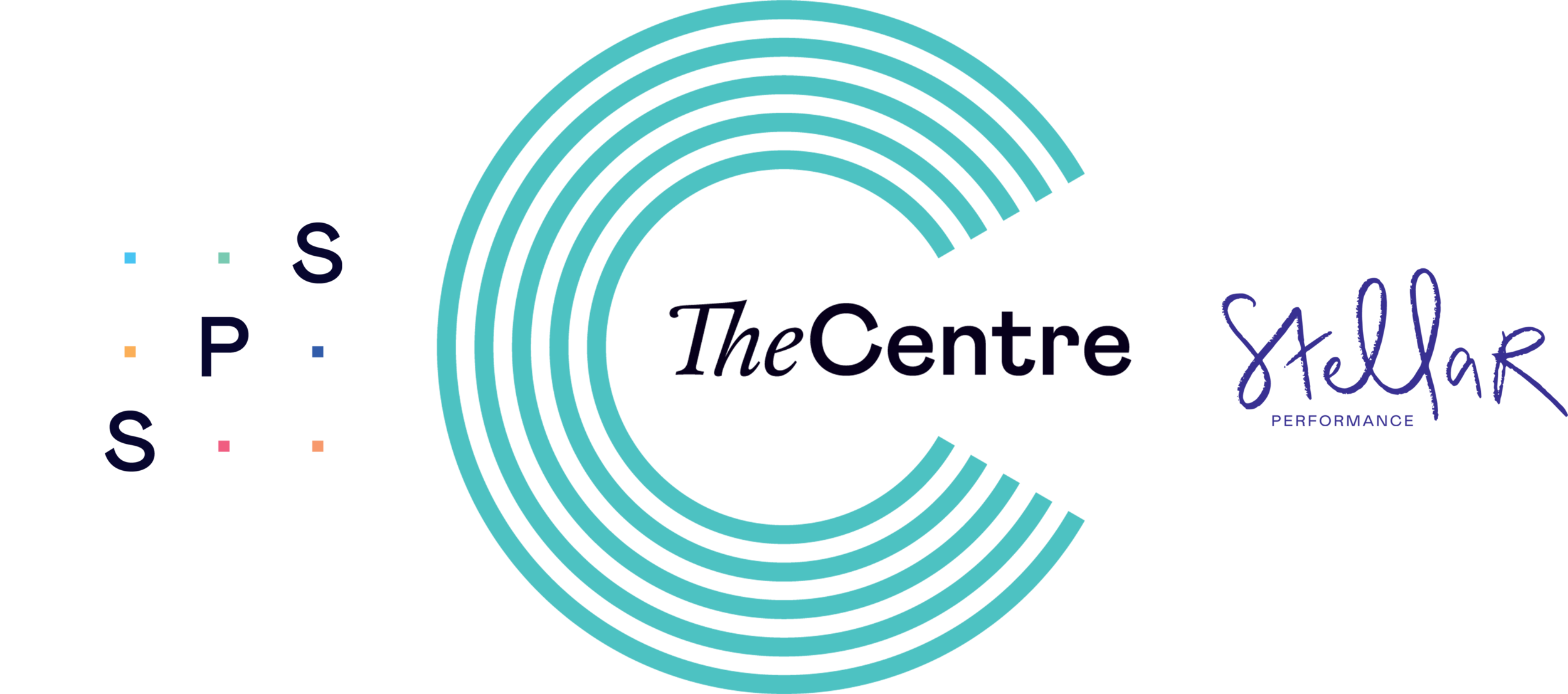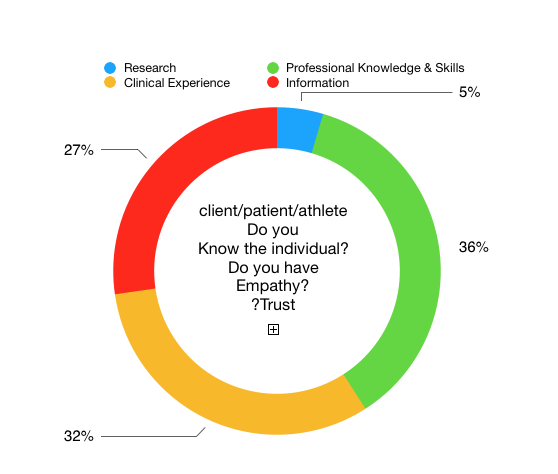E - Why do we use Effleurage?
We could spend all our time dissecting what constitutes “Effleurage” as we all utilise a variety of techniques and skills under this umbrella method. The bigger “E” question is what evidence is there to support its use?
Evidence for practice has become the all consuming agenda within healthcare in the modern era. This is predominately driven by cost and its perceived relationship to effectiveness.
The National Institute for Health and Care Excellence (NICE) provides national guidance and advice to improve health and social care. They are charged with providing
“Our guidance, advice, quality standards and information services for health, public health and social care. Also contains resources to help maximise use of evidence and guidance.”
If ‘massage’ is searched for in the NICE website you will achieve 35 results, “https://www.nice.org.uk/search?q=massage" within which the most obvious area of use is in the treatment of low back pain where NICE States “the guideline says massage and manipulation should only be used with exercise because there is not enough evidence to show they are of benefit when used alone.”
NICE are the arbitrators of what is and isn’t deemed appropriate based solely on evidence and cost. This is the agenda for all modalities within the national health service (NHS), however, the majority of our clients are in the ‘private sector’.
How do we answer our critics and support our clients/patients who seek our skills for their known efficacy (practice based evidence) within the private sector?
Are our skills ignored within the NHS because they are not sufficiently evidence based and therefore deemed not cost effective?
Or is it more that they are effective but no-one will spend the money to create the evidence based research to prove it?
Alternatively we could take the view that actually there is a fear within the NHS and pharmaceutical industry that if our skills were proven to be successful with little or no side effects then their profits might reduce as less would be spent on drugs…………
Individuals who seek Massage & Soft Tissue Therapy are interested in the outcome not whether or not there is a document that says it is effective. They judge by their own experience and reduction in symptoms after massage and soft tissue intervention.
‘Evidence-based medicine’ (EBM) was coined and defined by Sackett et al in 1996 as:
“The conscientious, explicit and judicious use of the current best evidence in making decisions about the care of individual patients. (Sackett et al 1996, p. 169) “
Today we refer to ‘evidence based practice’ and while considerable amounts of money have been spent in many areas of medicine, massage and soft tissue therapy evidence is still very much of the ‘practice based’ variety.
The notion of delivering care based on the most recent and relevant up-to-date research is laudable and desirable, but significant challenges remain about what evidence is and how it should be used in the decision making process in the reality of practice …..
The following diagram takes it inspiration and is adapted from :
“What counts in evidence based practice” J.Rycroft-Malone et al
2004 Blackwell Publishing Ltd, Journal of Advanced Nursing, 47(1), 81–90 87
What percentage of our knowledge, skills and experience is reliant on research and how is the information collected from the client, patient, athlete influenced by research and EBP when determining the best care for an individual?
Equal percentages are unlikely of these interrelating factors as education, experience and knowledge will vary from practitioner to practitioner and from therapist to therapist with the majority basing their decision making process on “practice based evidence” and reflecting on an individuals response to a particular set of techniques and skills.
The reality is probably demonstrated more accurately by this diagram:
The question for massage and soft tissue therapists and practitioners is how much time should we devote to recent and relevant research?
Is there enough research in this area to significantly change ‘how’ we practice?
If the research exists how is it disseminated and at what cost?
The cost is not just in the research itself but the cost to the therapist/practitioner to learn, evaluate and apply the knowledge successfully.
The following links provide access to some of the evidence for massage currently in the public domain:
A range of evidence relating to massage in a variety of contexts and situations can be found at:
https://scholar.google.co.uk/scholar?q=evidence+for+effleurage&hl=en&as_sdt=0&as_vis=1&oi=scholart
While for those particularly interested in the evidence for The Role of Massage in Sports Performance and Rehabilitation : current evidence and future direction can access Jason Brummitt, MSPT, SCS, ATCa research and evidence using this link
https://www.ncbi.nlm.nih.gov/pmc/articles/PMC2953308/
If you need any further help, support or guidance then contact us to arrange a One to One



